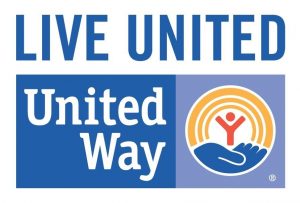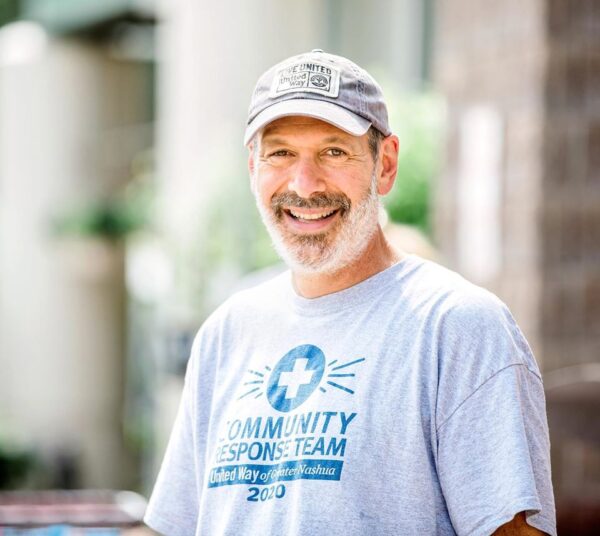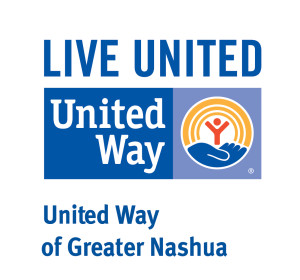
Can we put an end to youth homelessness in our community?
Can we put an end to youth homelessness in our community?
I’ll be honest with you: some problems can feel really overwhelming to me. When that’s the case it’s usually because of a combination of complexity and severity. Such is the case with youth homelessness. For several years now we’ve become more and more involved with this issue in our community and the last time I wrote about it was about a year ago, just when the pandemic was become the dominant topic in all our lives. But since that time there has been forward progress and there is hope, so I wanted to share with you today a little bit about what has transpired, is going on, and will transpire soon.
Let’s take a moment to reflect upon youth homelessness, what it is, how it looks, and what it feels like in our community. Youth homelessness is in some ways the same as other types of homelessness, but in other important ways is different, even in how it is defined. When we think about young people experiencing homelessness, we first need to differentiate between young people under the age of 18 and those between 18 and 24. Under the age of 18 young people experiencing homelessness are for the most part in one of three categories. The first category is that they are with their families, and the whole family is experiencing homelessness. For example, if a family is in a shelter, in a hotel, or out on the streets maybe in their car, this would be the category they fall into. The second category would be the young person who is “in placement,” meaning that they are either in the foster care system or in a home like the Nashua Children’s Home. The final category, and by far the most vulnerable group, are the young people who are typically teenagers who have either run away or been kicked out of their homes and are “couch surfing” at friends or acquaintances. While all homelessness is traumatic and potentially harmful, this latter group is far more likely to drop out of school and / or fall into situations involving drugs or trafficking.
Over the age of 18 and up to 24 is an entirely different category, since at the age of 18 kids are no longer the legal responsibility of their parents or the state. At that point, if a young person is experiencing homelessness, they are far more likely to be either “couch surfing” or doubling up in potentially unsafe conditions. And they are very often the prey for traffickers and other predators who identify that there can be strong psychological and economic unmet needs. Additionally, the traditional shelter programs in any community, ours included, while very important aren’t typically geared to young people, so many of these same young people will avoid those programs and therefore not easily get connected to the services they need to move on with their lives.
As you can imagine, these are vexing issues. The root causes are complicated, and the potential solutions are not single dimensional. Truly, this is an issue which requires a broad safety net to address. It’s a model which social workers, public health, and United Way types would call “collective impact.” Working together to solve complex problems. Which brings us to what is going on, and possibly how might you get involved in helping to move our community forward.
For the past several years our Continuum of Care, which brings together agencies and community partners to address homelessness, has had a subcommittee specifically dedicated to youth homelessness. Over the past 18 months, and consistently throughout the pandemic, we have continued to work and meet monthly to address these issues. Out of this group a new resource was born back at the end of last year – a homeless youth drop-in center called Stepping Stones. This program, which is a fiscal agency partner of United Way, is quickly becoming the place where at-risk young people can find a safe space to connect with resources. Perhaps it’s a meal, food, or clothing. Perhaps it’s counseling and advise on work or education. Or perhaps it’s simply a place to hang out, getting out of the elements for a few hours, and be somewhere safe and without judgment. We identified that this type of resource would greatly benefit our community, and very quickly the program has gotten itself established. More information about Stepping Stones and how you can get involved with their work is online at https://www.steppingstonesnh.org/
Beyond a drop-in center, we’ve also been able to establish two separate and dedicated community funds to support homeless youth. The first of them is a scholarship fund which was established in memory of a good friend of ours, Kevin Slattery, who died from COVID last year. Over the years, Kevin had been one of our most ardent and vocal sleepout supporters, every year bringing a loud and passionate community voice to the issue of homelessness. When Kevin passed, one of our board members suggested we establish a scholarship fund in his name, and knowing Kevin’s passion for homelessness, we dedicated the fund to supporting the academic aspirations of homeless young people. It can be used to help pay for classes, books, or other school supplies for a young person to break out of the cycle of homelessness. Through generous community contributions from people who knew Kevin and are committed to this mission, so far, the fund has raised a little over $30K toward this purpose.
The second fund we established is more generally to support the needs of young people experiencing homelessness. This fund can be used for supports as varied as paying for driving lessons, to getting a work uniform for that first job, to supporting agencies like Stepping Stones. In fact, some of the seed money to start Stepping Stones came directly from this fund. The primary fundraising mechanism for this fund is our annual skydiving event called SKYDIVE UNITED. Last year, along with an intrepid group of 5 other jumpers, we raised money for this fund and then proved our point by “jumping out of a perfectly good airplane.” After some of our expenses, like the funding for Stepping Stones, the fund now has a balance of about $23K toward its important purposes. Of course, we know that more is needed, so again this June we are going to go skydiving for this cause. If you ever wanted to jump, and you care about this cause, then right now would be the time to connect with me about joining this year’s team for SKYDIVE UNITED.
Beyond Stepping Stones and our two dedicated funds, we are now also working in the youth subcommittee on a project called “Host Homes” which is looking to leverage as a resource the many people in our community who are empty nesters. With one of the most rapidly aging populations in the country, there are many opportunities in southern New Hampshire for a family to potentially take in a young person and help them to become stabilized to the point where work and education are real options. Part of this program, as we envision it, will also work to bring together other supports from our many community nonprofits along with case management and mental health supports so that the hard circumstances and root causes of youth homelessness can be effectively addressed within the host homes framework.
I should say that in addition to host homes, for young people over the age of 18 we also have a tremendous resource in the Transitional Living Program at the Nashua Children’s Home. This program, while not very large in terms of capacity, is a critical resource for a number of young people in our community.
Finally, it’s important to note that this work in Greater Nashua isn’t taking place in a vacuum. In addition to our youth subcommittee, there are similar subcommittees in Greater Manchester as well as the “Balance of State.” Additionally, there is a youth driven group called the “Youth Action Board” which is increasingly tied into the three continuums. So, as we talk in our community, we know that there are other initiatives we can leverage and partner on. For example, the model for Stepping Stones was originated in Manchester through Waypoint’s Drop In Center, and their director also chairs the Manchester Youth Subcommittee. So, we are starting to pull together as a state as well. For this work we are also receiving tremendous support from leaders within the Department of Health and Human Services.
There are very few issues which can pull at your heart more strongly than youth homelessness. Young people stand at the crossroads whereafter things can go either very well or very badly. Given the right resources and supports, any young person can thrive. This is the environment we are looking to build. If you would like to get involved in being part of the solution to these complicated and important problems, I would encourage you to reach out to me and we’ll have a conversation about how you might be able to make a difference. We are believers in the collective impact approach to this issue, which can really be summed up in a single catchphrase: Great Things Happen When We LIVE UNITED.

Mike Apfelberg is President of United Way of Greater Nashua.














